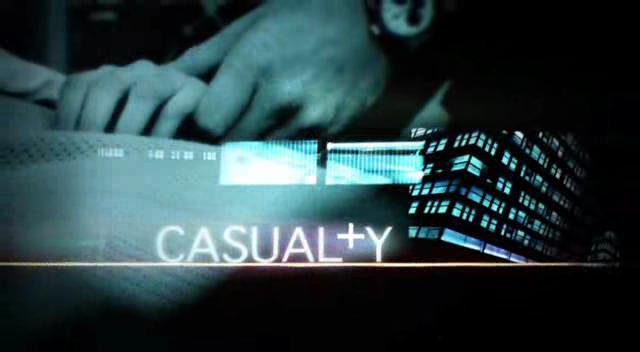Diegetic
Non-deigetic
Contrupuntal
Pleonastic
Here is a clip from Misfits Season 1 - Episode 6 - The Gear Up Scene:
http://www.youtube.com/watch?v=Vzv50hxtt3k
In this clip the sounds heard all represent something with teenagers:
Pleonastic:
The sound of the ipod music is exaggerated here to show that they are typical teenagers who like their music loud and the choice of music is a popular genre with teenagers. The fact that the song is fairly new and in the charts shows that they keep up-to-date with their music as regular teenagers do. The fact that they each have an ipod of some sort shows that they are all into music. In this scene they are listening to music to get them pumped for what they are about to do. The sound of the rubber gloves being pulled and let go and the sound of the zip being pulled up are all pleonastic. This shows that they are getting prepared for something and that everything has to go right. They then put another song on and this song is more upbeat and more adrenalin pumping which relates to teenagers' spontaneous and impulsive nature.
Diegetic:
The ipod changes from pleonastic sound to diegetic sound when the characters out their ipod earphones in their ears. Again, this shows they are trying to get pumped for what they are about to do. The dialogue used is straight forward, aggressive and slang is used. This again represents teenagers because they like things done quick.
The second sound track chosen by the character in the middle (Nathan) is then used as the sound track for when all three of them start walking in slow motion. The slow motion and sound track go well together showing that teenagers live in the moment.









.jpg)


